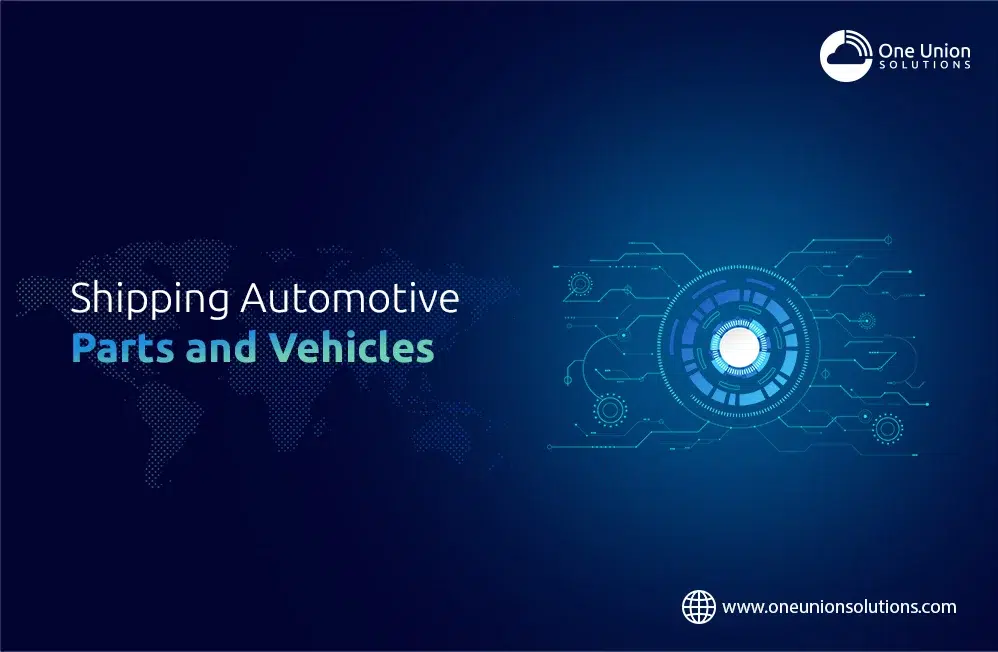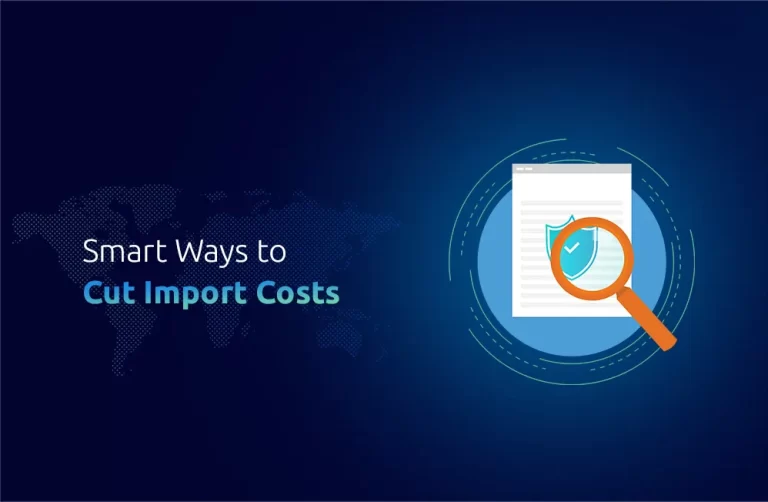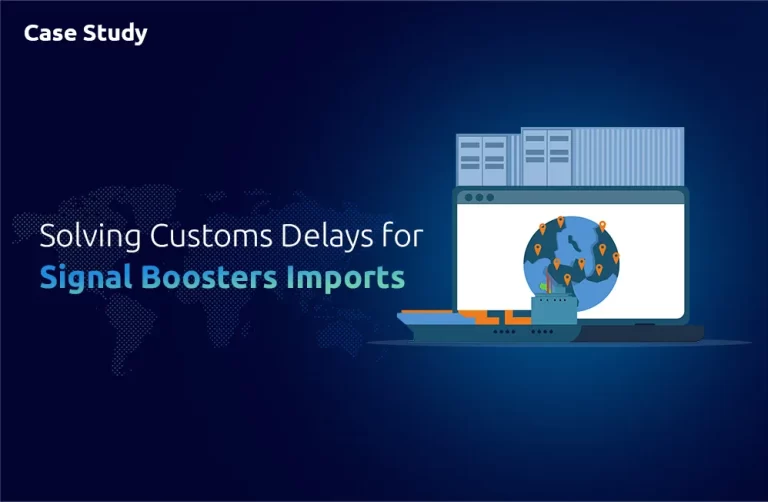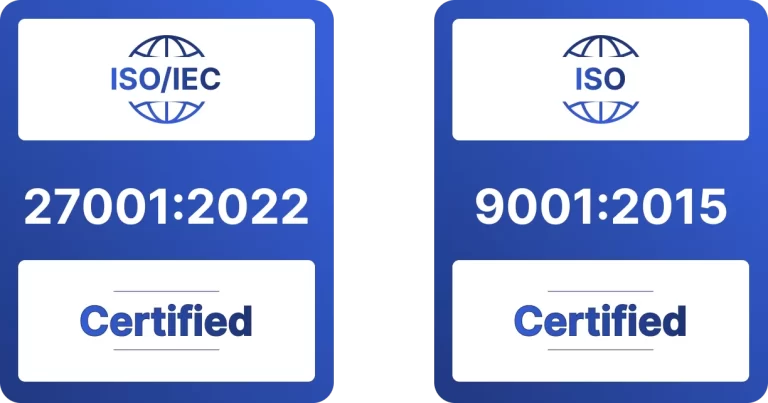Navigating the Road: Shipping Automotive Parts and Vehicles
In the ever-evolving world of automotive commerce, the need for reliable and efficient shipping solutions is paramount. Whether you’re a manufacturer, dealer, or enthusiast, ensuring the safe and timely delivery of automotive parts and vehicles is a crucial aspect of the industry. In this comprehensive guide, we’ll delve into the unique requirements for shipping automotive components, exploring common challenges.
Shipping Automotive Parts: A Delicate Endeavor
i). Packaging Matters
One of the first considerations when shipping automotive parts is the packaging. Given the often delicate nature of these components, proper packaging is essential to prevent damage during transit. Invest in sturdy, impact-resistant materials and consider cushioning sensitive parts with appropriate padding.
ii). Documentation is Key
Navigating the complexities of shipping automotive parts requires meticulous documentation. Ensure that you have accurate and comprehensive records of the parts being shipped. This includes invoices, packing lists, and any necessary customs documentation for international shipments. Clear documentation not only streamlines the shipping process but also aids in resolving any potential disputes.
iii). Choose the Right Carrier
Selecting the right shipping carrier is crucial for the timely and secure delivery of automotive parts. Consider factors such as the carrier’s reputation, shipping speed, and coverage area. Additionally, inquire about the carrier’s experience in handling automotive shipments. A carrier with a track record in transporting delicate components is more likely to ensure the safe arrival of your goods.
iv). Environmental Considerations
In the era of increased environmental awareness, consider the ecological impact of your shipping choices. Explore carriers that prioritize sustainable practices and offer eco-friendly packaging options. This not only aligns with global efforts toward sustainability but also enhances your brand’s reputation as a responsible player in the automotive industry.
Shipping Vehicles: Handling the Big Move
- Customized Transportation Solutions
When it comes to shipping vehicles, a one-size-fits-all approach simply doesn’t cut it. Different vehicles have different transportation requirements. Whether you’re moving a compact car or a luxury SUV, seek carriers that offer customized transportation solutions to ensure the safe and secure delivery of your vehicles.
- Insurance for Peace of Mind
Given the significant investment in a vehicle, insurance is a non-negotiable aspect of the shipping process. Prioritize carriers that offer comprehensive insurance coverage for vehicles in transit. This not only provides peace of mind but also ensures financial protection in the rare event of damage during transportation.
- Adhering to Regulations
Shipping vehicles involves compliance with various regulations, both domestically and internationally. Be aware of weight limits, size restrictions, and emissions standards in different regions. Non-compliance can lead to delays and additional costs, making it imperative to stay informed and adhere to all relevant regulations.
- Tracking and Real-Time Updates
In the age of technology, tracking capabilities are a game-changer in the shipping industry. Opt for carriers that provide real-time updates on the location and status of your vehicles. This not only adds transparency to the process but also allows you to anticipate and address any potential delays.
- Choosing Enclosed vs. Open Transport
When shipping vehicles, the choice between enclosed and open transport can significantly impact the safety of your vehicle. Enclosed transport offers protection from the elements and potential road debris, making it ideal for high-value or classic cars. Open transport is a more cost-effective option, suitable for standard vehicles.
Conclusion
Shipping automotive parts and vehicles demand a meticulous approach to ensure a seamless process from start to finish. By prioritizing proper packaging, documentation, carrier selection, adherence to regulations, and environmental considerations, embracing technological advancements, and addressing specific concerns through FAQs, you can navigate the intricate landscape of automotive shipping with confidence. Whether you’re a business professional or an individual enthusiast, understanding these unique requirements will undoubtedly contribute to the success of your automotive ventures. Safe travels on the road of automotive commerce
Frequently Asked Questions (FAQs)
Can I ship automotive parts internationally?
Yes, international shipping of automotive parts is possible. However, it’s critical to navigate the intricacies of customs regulations in both the origin and destination countries. Ensure accurate documentation, including a detailed commercial invoice, and be aware of any specific restrictions or requirements.
How do I determine shipping costs for automotive parts?
The determination of shipping costs for automotive parts involves several variables. Consider the weight, dimensions, destination, and desired shipping speed. To get accurate estimates, obtain quotes from multiple carriers, taking into account any additional services they may offer, such as package tracking or insurance.
What steps can I take to prevent damage during transit?
To prevent damage during transit, invest time in secure and thoughtful packaging. Use materials that provide proper cushioning and protection for delicate automotive parts. Additionally, provide clear handling instructions to the carrier, emphasizing the fragile nature of the shipment.
Are there eco-friendly packaging options for shipping automotive parts?
Yes, many carriers offer eco-friendly packaging options. Explore choices such as recyclable materials or packaging designed to minimize environmental impact. This aligns with sustainable practices and demonstrates a commitment to environmental responsibility.
What are the advantages of enclosed transport for shipping vehicles?
Enclosed transport offers heightened protection for vehicles, shielding them from the elements and road debris. This method is particularly advantageous for high-value or classic vehicles, providing an extra layer of security during transit.










